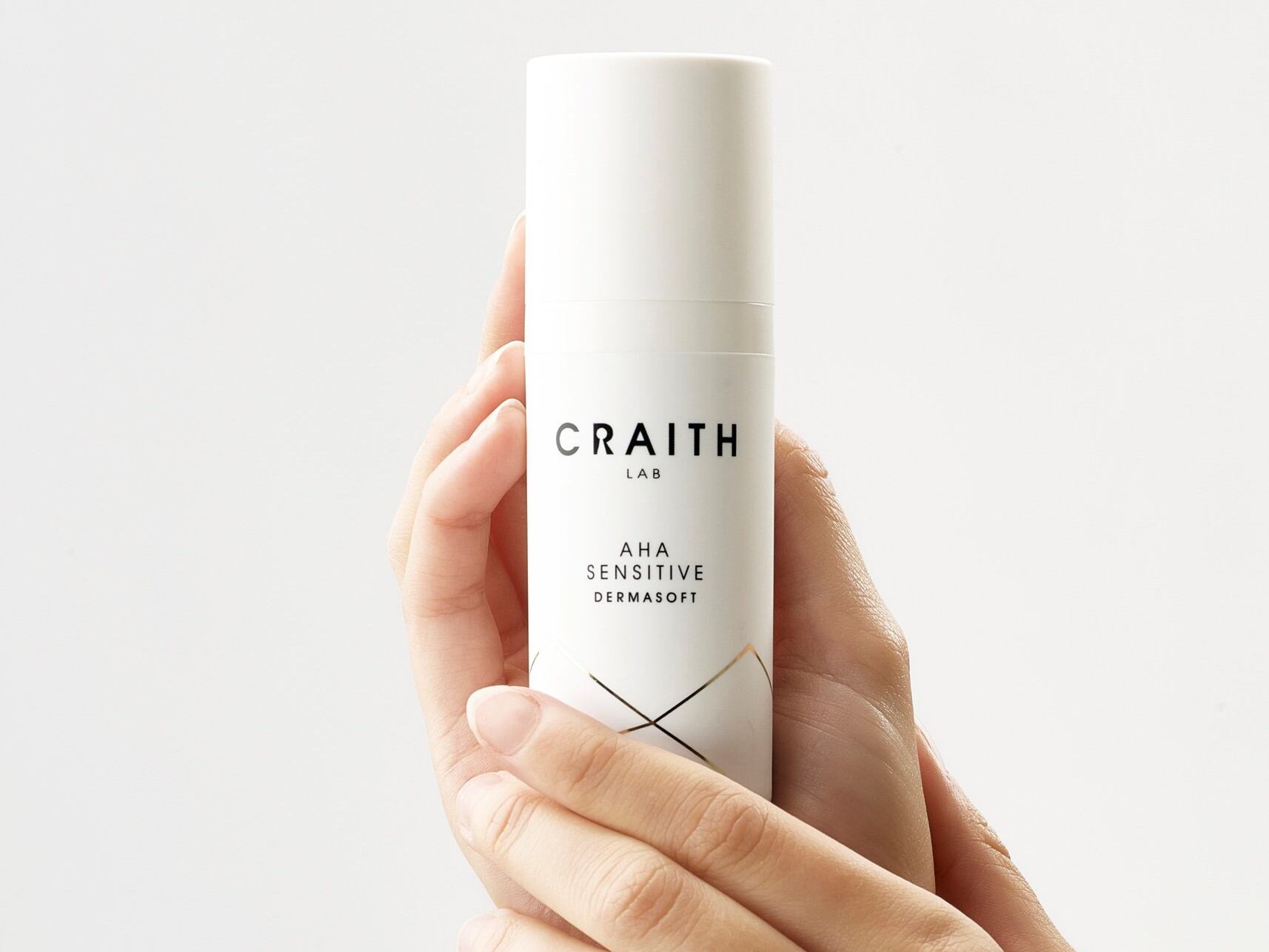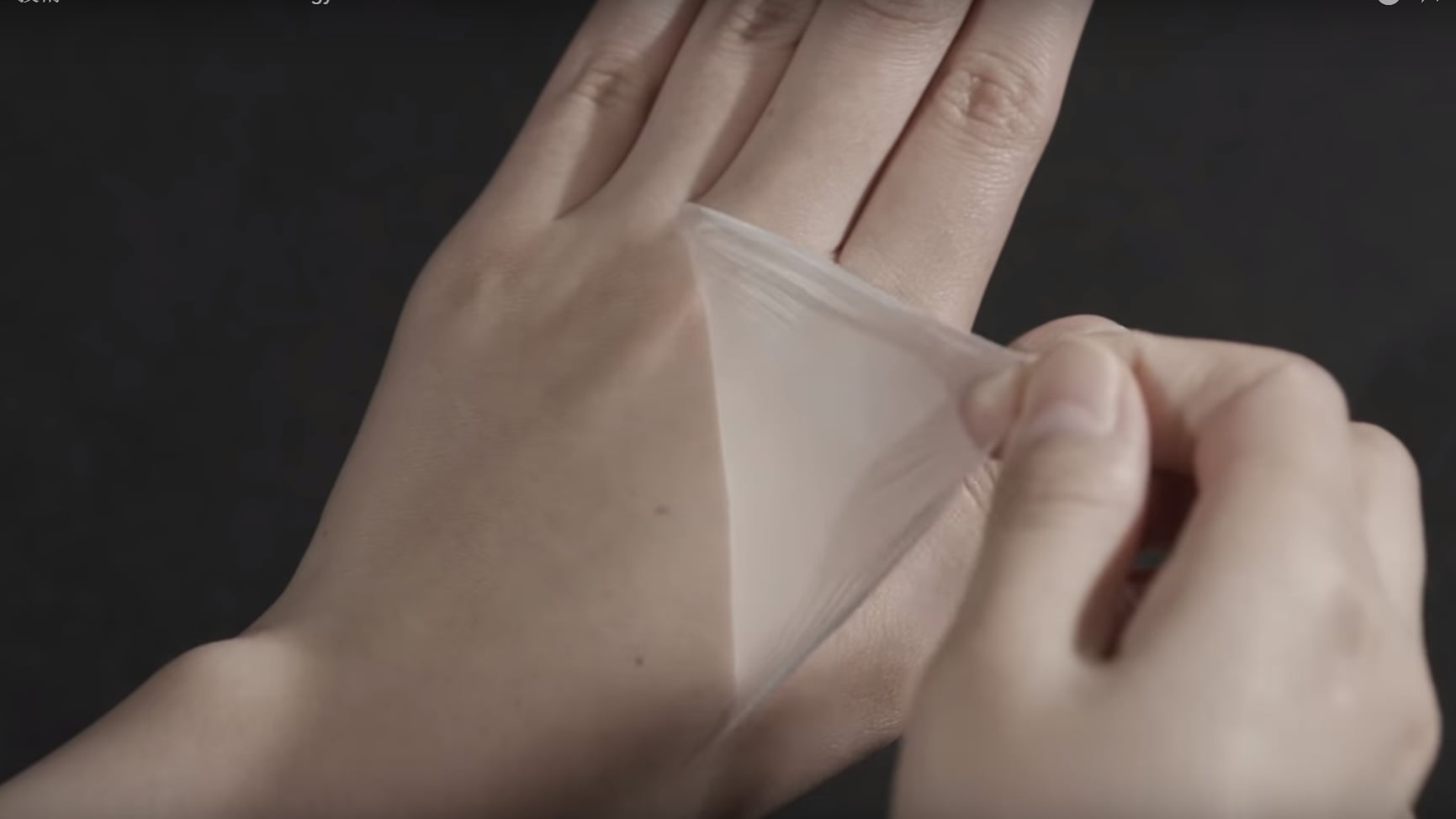Founded in 2019, the Belgium epigenetic tech specialist Craith Lab offered a range of protective skin care products, including foam cleansers, mist sprays and enzyme peels, each divided up into three lines targeting different skin care needs based on age and lifestyle. The products were packaged using Quadpack’s made-in-Europe airless packaging technology to ensure full stability of the proprietary active ingredient blends.
Craith Lab products were distributed via beautician and salon networks in several European countries, including Belgium, the Netherlands, Germany, France and Switzerland where it worked closely to train skin care professionals on the technology and active ingredients behind each product.
“Beauticians are, for us, the main reason we built this product,” said Peter Smeets, CEO of Craith Lab.
“They want to have the weapons to give their consumers the best results. That’s why we started Craith Lab,” Smeets told CosmeticsDesign-Europe.
Shunning the rise of D2C beauty – ‘you are better in the hands of a beautician’
Asked about the unfathomable rise in direct-to-consumer (D2C) models in functional skin care and why Craith Lab had opted against this strategy, Smeets said: “I think [D2C] is going to be a problem, because if consumers get their own treatments, it’s like not going to the doctors anymore; it’s just looking at Google or coughing a bit and going to an online pharmacy and ordering antibiotics. [Skin care] is not completely the same, but if you go to a high standard of cosmetics, I think you are better in the hands of a beautician.”
“That’s the only way for a brand like us. If we want to go the consumer [directly], we will have to look at ingredients again because we are way too strong for consumers to choose their own cosmetics.”
Craith Lab products contained several active ingredients and epigenetic peptides designed to accelerate skin regeneration and the cell cleansing process, whilst improving the skin’s blood circulation and protecting the skin barrier, he said.
The brand had, however, recognised the “huge market” of beauty consumers interested in purchasing products online without beauticians and was therefore working via a beauty app with a voucher system aimed at connecting these interested consumers to local beauticians working with Craith Lab products, Smeets said.
“When we go to the end consumer, this has to be in light of getting those consumers to a beautician. Everything is built to get people to the beautician.”
“…The beautician knows a consumer’s skin. It’s not for a brand to make the right decision for their cosmetic product, it’s for the beautician that knows their skin.”
European expansion and ‘healthy skin’ NPD focus the future
Over the next three years, Smeets said Craith Lab would focus on expanding its reach in Europe and thereafter consider a larger, global expansion.
It would also continue innovation efforts with a selection of “add-ons”, including a body care product that was due to launch next month.
Importantly, any new product development would continue to target Craith Lab’s core consumer – “every woman or man who wants the best for their skin, who wants to have healthy skin for as long as possible”.
Smeets said the current mindset in skin care had turned from anti-ageing towards healthy skin. “Instead of always pushing that word ‘anti-ageing’, I think healthy skin is going to be the new way of having to connect with our consumers.”




